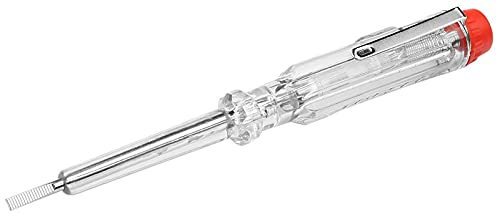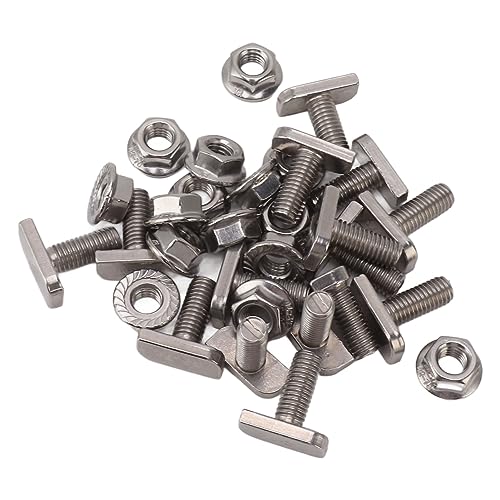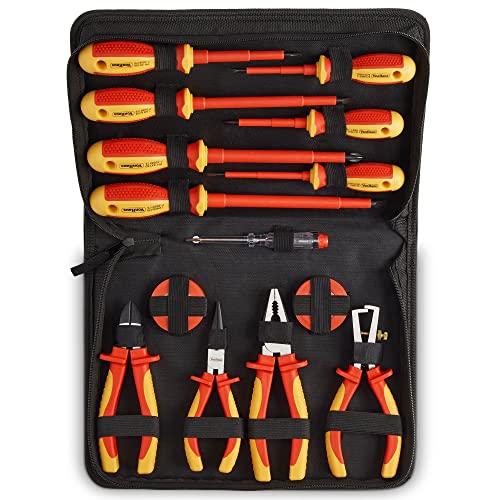ironchicken
New member
I have an EV which I charge using a portable charger. It plugs into the normal plug socket and I trail the cable out of the window to plug into the car.
I've been using this charger every couple of weeks for at least six months. I leave it plugged in but with the socket switched off when I'm not using it.
This morning I unplugged it and found that the socket has scorch marks and is slightly cracked. The last time I charged the car was several days ago but, as I don't normally unplug it, I don't know how long it's been like this.
The charger itself and its plug both look fine. I haven't tried plugging it in and switching it on yet, though.
I have a few questions about this:
I've been using this charger every couple of weeks for at least six months. I leave it plugged in but with the socket switched off when I'm not using it.
This morning I unplugged it and found that the socket has scorch marks and is slightly cracked. The last time I charged the car was several days ago but, as I don't normally unplug it, I don't know how long it's been like this.
The charger itself and its plug both look fine. I haven't tried plugging it in and switching it on yet, though.
I have a few questions about this:
- What is likely to have happened here?
- Is it safe to carry on using this plug socket?
- Is it safe to carry on using this charger in a different plug socket?

































































